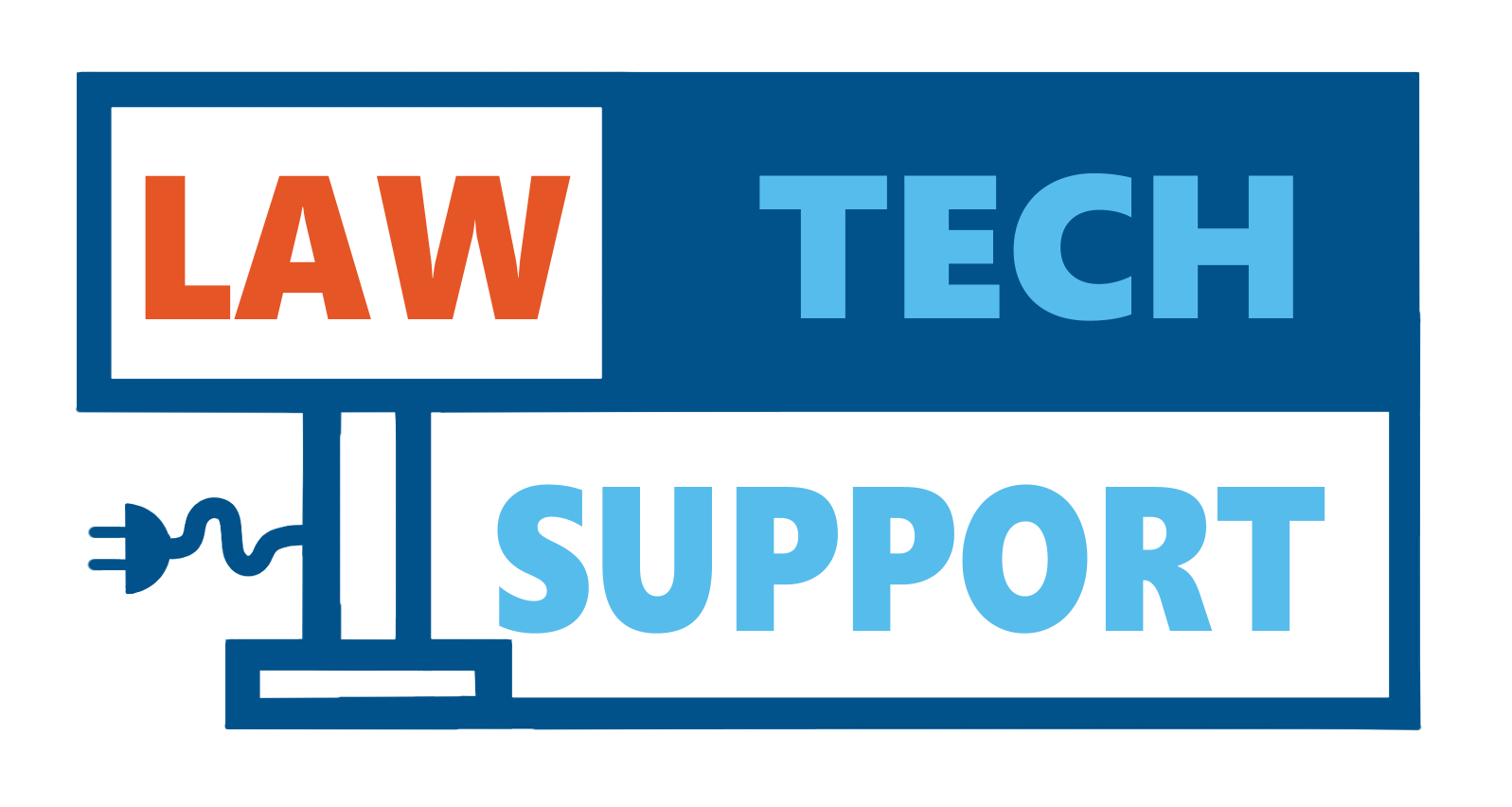How to clean your screen (without damaging it!)
When cleaning your electronic screens, it is very important to use the correct solutions to avoid damaging the screen. No ammonia based cleaners should be used on electronics. This includes general purpose cleaners, glass/window cleaners, multipurpose cleaners, etc. These sprays are too abrasive and will wear down the protective coating on your screen. Turn off […]
